Om magazine.com is one of UK?s most talked about and one of the best-selling new yoga and
lifestyle publication. Every issue of this magazine publishes
the best articles about yoga and helps
one to nurture one?s body and mind. Designed to inspire and to energise,
OM magazine wants to help all its
readers to enjoy a more active and rewarding life, drawing on the
physical and mental disciplines of yoga, an ancient practice just as popular
today as it was thousands of years ago.
Kairali Ayurvedic Group is proud to be featured in this magazine. On its
special issue of Om special – Live Your Dream in 2014, Kairali – The Ayurvedic Healing Village has been
referred to as the Ultimate Detox Destination and the best place to experience
authentic Ayurveda. The article is about
the experience of Emily Yates,a yoga retreat
organiser based in India for many years, who had
signed up for the full Panchakarma experience at the The Ayurvedic Healing
Village and refers to her experience as the ultimate ayurvedic detox program –
in Kerala, South India. The article gives a detailed description of panchakarma
experience and its amazing effects.
Om special – live your dream in 2014
Ultimate Detox Destinations
Emily Yates signs up
for the full Panchakarma experience – dubbed the ultimate ayurvedic detox – in
Kerala, South India.
As a yoga retreat
organiser based in India for many years, I?ve had frequent opportunities to
experience the ?authentic ayurveda queuing with the
locals to see the village doctor, taking part- time treatments on the
tourist trail and even working in a 100-bed ayurveda charity hospital. However,
the chance to go deeply into the full experience of Panchakarma – the
classic ayurvedic detox – has eluded me, until now.
With the 2,000 per
week UK spa experience firmly out of my price range, and hesitating at the
comfort levels of an Indian ashram-style facility, I find a third alternative
coming in at less than half the price of its Western equivalent ? a luxury
ayurvedic hospital in Kerala, providing all the comfort I need to completely surrender
to this ancient process of transformation.
Diagnosis (day 1)
I am greeted at
Kairali?s The Ayurvedic Healing Village by Dr Raman Chandrasekharan, a
physician of 45 years? experience and viewed as something of a guru within the
industry. Utilising an approach to health that conflates physical and
behavioural traits into a reading of one?s total nature, he takes just minutes
to ?scan? my mannerisms and physical features for my precise ayurvedic dosha
type, and spends a further hour describing his beloved ayurveda ? an elegant ?science
of intuition? identifying the future health conditions of the patient at the earliest possible stage.
I receive a
personalised Panchakarma treatment programme based on my personal vata-pitta
(wind-fire) dosha type and am asked to attend regular consultations with Dr
Sarvan Narangaparambil throughout the process, so he can adapt
the initial schedule according to my response. My twice-daily consultations
form the core of my Panchakarma experience, a source of guidance providing
emotional support I will later find invaluable.
Surrender (days 1-4)
The basis of every
Panchakarma is the purva karma phase, or preparatory procedures. For me, this
means four days of ?oleation therapy?, a detoxification process requiring
internal and external lubrication. I begin my days with a drink of medicated
ghee (clarified butter), followed by twice-daily oil massage and steam bath, intended
to loosen the toxins in my body and bring them to the intestinal tract. The
herbal ghee is extremely potent stuff, medicine intended to ?pierce the
channels?, according to Dr Sarvan. He warns me that my metabolism will increase
rapidly, right down to the cellular level, and my food intake will be limited
to o increase the strength of the detoxification.
Nobody could complain
about twice-daily oil massages, and total relaxation under the palm trees of
Kerala, right? But, for the first few days I suffer terribly. The very hunger
and exhaustion that prove the process is working well also trigger a completely
unanticipated emotional reaction. With all my energy diverted to the detoxification
process, I remain in the mental rhythms of city life and fight against myself
until I am forced to let go, give in, and do absolutely nothing. Just as
?shavasana? (the corpse pose) is sometimes said to be the most difficult yoga
posture, so the surrender required by purva karma turns out to be the most difficult
stage for me; though ultimately, the most beneficial. I can?t put it any better
than Dr John Douillard, an ayurveda expert and author
of the book Body, Mind and Sport: ?Panchakarma is not a detox programme. This
is only its side benefit. It is a transformation in consciousness?replacing stress
with silence.?
Purification (days 4-10)
By the time of the
second phase (pradhana karma), I I am firmly in the head-space of the
Panchakarma process. Settled, relaxed and trusting of my doctors, I feel ready
to face whichever of the classic ?five cleansing actions? (Panchakarma) are
prescribed for me. Due to a vata-pita dosha predominance, I am spared the
experience of emesis (induced vomiting), and begin with purgation, induced by herbal
laxatives, to remove the accumulated toxins of stage one. My days continue with
medicated enemas prescribed from among the 100 or more recipes
given by ayurvedic scripture.
At this stage, I
notice my emotions become vivid and mobile, rapidly arising and subsiding;
experienced almost as physical sensations. It is as if my thought patterns,
previously enmeshed in my physiology, have become detached and are undergoing
their own process of detoxification. Recalling the teaching of Deepak Chopra ?
that the dispersal of repressed emotions is a key part of Panchakarma – I devote
myself to a routine of meditation and pranayama, which helps me feel lighter by
the day.
Strengthening (days 10-14)
By the third phase of
my Panchakarma programme, I feel better than ever before, an abundant sense of
strength and mental clarity. My routine continues with regular oil baths, and
daily nasya karma, the ayurvedic ?head detox? involving the pouring of medicated
oil into the nostrils, and treating the chronic sinusitis I?ve suffered for a decade.
My daily ayurvedic consultations grow longer in duration as we enter the
paschata karma phase – traditionally the time when the doctor works closely
with the patient to find the most sustainable routine for their ayurvedic type
and particular health conditions. We discuss every area of my diet and lifestyle,
and the fundamental changes I can make to stay as grounded and clear as I feel
on retreat in Kerala.
Returning to a busy
working life in New Delhi, I realise that the intensity of the Panchakarma
experience is probably the reason for its vastly growing popularity worldwide.
We are starting to understand that ayurveda offers complete transformation,
requiring us to face our inner fear of surrender – a challenge that every serious
yoga practitioner is familiar with.
Emily Yates is a yoga
therapist and philosophy teacher based in South India, where she organises yoga
and meditation retreats (kairaliyoga.com).
Published on : January-February
2014.


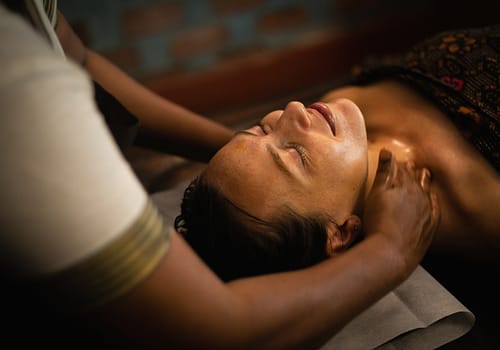
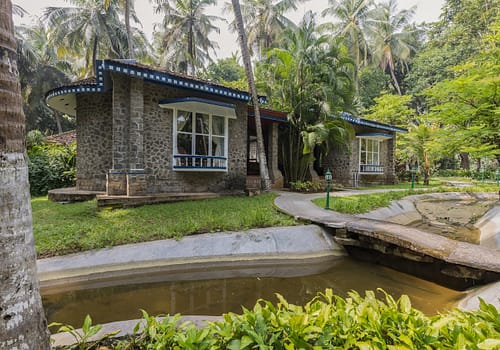
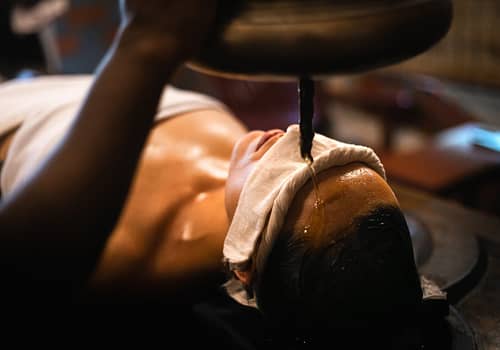
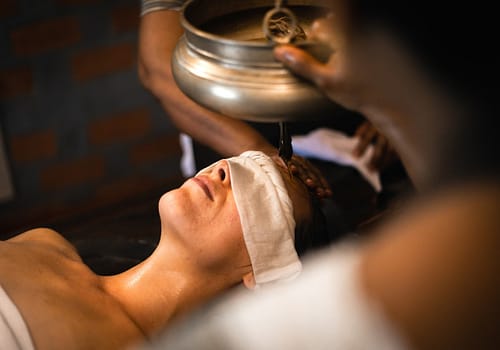
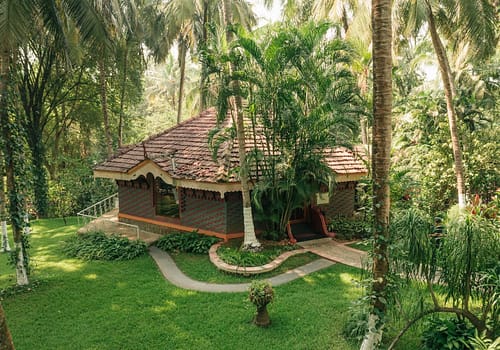
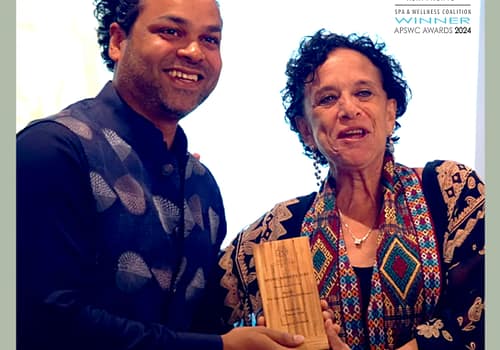





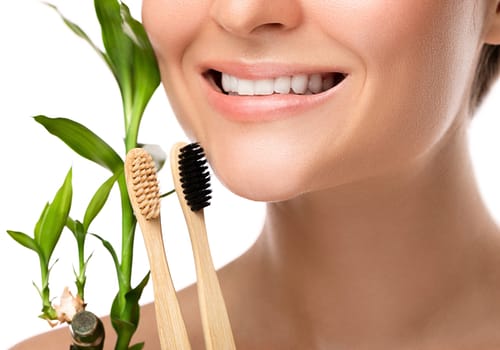

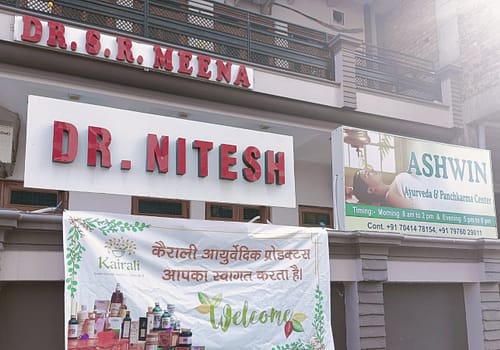
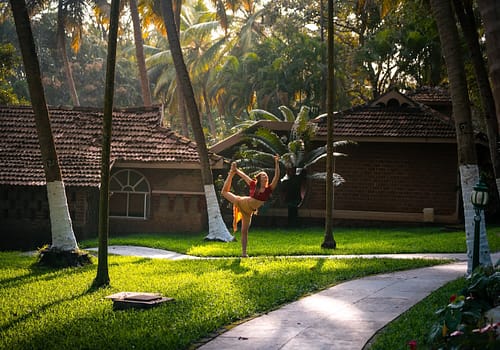














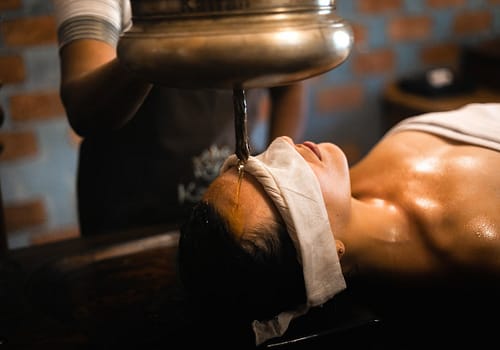















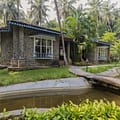

Leave a Reply